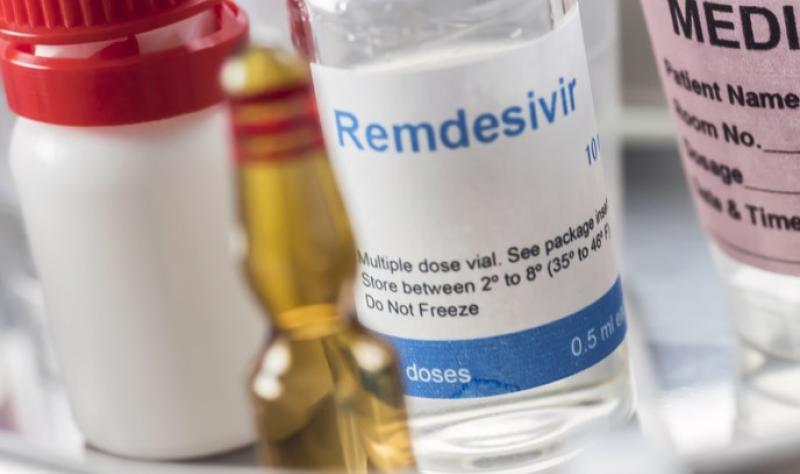The number is more about understanding where spread is occurring not just how prevalent spread is. The low number at the University of Miami means that for the population of people at the University of Miami there is a high understanding of where spread is occurring. That they know who is infected and are able to take steps to isolate those people and work to contain the spread. Which seems kind of obvious if they're testing everyone every two weeks, they'll find infected people faster.In my opinion, the only useful information gained by the percentage of positive tests is to ensure that you have enough testing capacity. Without random sampling it doesn't really provide that accurate a picture of community spread on its own.
For example, Miami-Dade County has a new case positivity around 5% on average the past two weeks. The University of Miami which is located in the heart of Miami-Dade County requires all people that step onto campus to be tested once every two weeks. For the 30 days ending 10/14 when this policy was put into place, the positivity has been 0.74%. The latter is overall not specifically new case.
The data from the University of Miami testing is a much better approximation of disease prevalence and is much more valuable to determine the trends, especially looking at week over week type numbers. I guess since they require once every two week testing the best comparison would be two week periods. The last two 14 day periods in this data were 0.68% and 0.62%. This seems to indicate that the rate of spread hasn't really changed in the past month.
The University of Miami is a subset of the population of Miami-Dade County. The higher number for Miami-Dade County in general means there's less understanding of where spread is occurring across the larger expanded population that's not overlapping with the university. The lower understanding means there is less ability to isolate infected people and less ability to contain community spread.
I don't think you can take the University of Miami number and use it to extrapolate to all of Miami-Dade County just because the have more data points. That's kind of the point, without the data points, the same actions cannot be taken with the larger group.
For example, a person that only interacts with people at the university is less likely to come in contact with an infected person because infected people are identified and isolated quickly. Presumably, they're doing good contact tracing on positives not just waiting for the next testing cycle. It's not impossible to come in contact, there's still spread before cases are found and it's not a bubble there's still people that interact outside of the university.
While a person that only interacts with people not at the university is more likely to come in contact with an infected person because there's less knowledge of who is infected and hence less isolation.


